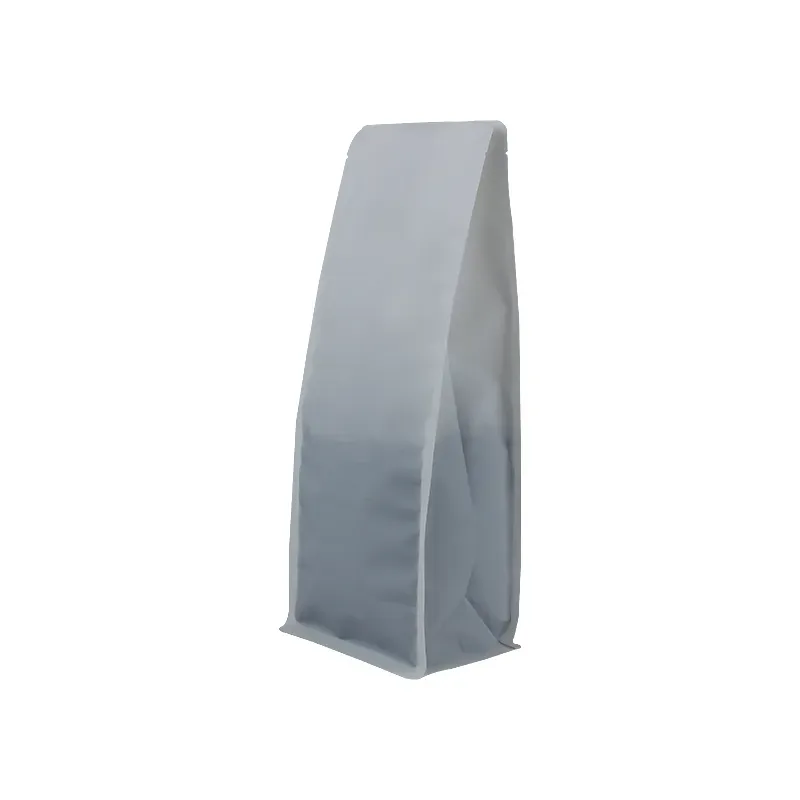Exploring the Versatility and Applications of Chipboard in Modern Design
Understanding Chipboard A Versatile Material for Modern Applications
Chipboard, also known as particle board, is a widely used engineered wood product that has become increasingly popular in various industries, particularly in furniture manufacturing and construction. Made from wood chips, sawmill shavings, and wood dust, chipboard is a composite material that is bonded together with adhesives and then compressed to create a sturdy, flat sheet. This innovative material offers a range of benefits that make it a preferred choice for many applications, but it also has its limitations, which should be taken into consideration.
One of the primary advantages of chipboard is its cost-effectiveness. Compared to traditional solid wood products, chipboard is significantly cheaper to produce and purchase. The raw materials used in making chipboard are often by-products of the lumber industry, which means it can be manufactured from waste materials that would otherwise go unused. This not only reduces production costs but also promotes sustainability by making use of resources more efficiently. For those on a budget, chipboard offers an appealing alternative without sacrificing essential functionality.
Chipboard's versatility is another reason for its widespread use. It can be easily cut, shaped, and finished to suit a variety of applications. This makes it a favorite among furniture designers who want to create custom pieces quickly and efficiently. Moreover, chipboard can be laminated or veneered to imitate the appearance of solid wood, allowing manufacturers to produce aesthetically pleasing furniture at a fraction of the cost. This is particularly beneficial in the production of flat-pack furniture, which has gained immense popularity and market demand in recent years.
chipboard

In addition to furniture, chipboard is also used extensively in the construction industry. It serves as a valuable material for flooring, wall sheathing, and cabinetry, providing structural support while remaining lightweight. Chipboard's insulating properties contribute to energy efficiency, making it an attractive choice for modern sustainable building practices. Furthermore, its ability to be easily manufactured in large sheets enables builders to cover larger areas more efficiently, saving both time and labor costs during construction.
However, despite its many benefits, chipboard also has its drawbacks. One of the significant concerns with chipboard is its susceptibility to moisture damage. When exposed to water, chipboard can swell and lose its structural integrity, which can lead to significant issues, especially in environments with high humidity. To combat this, moisture-resistant formulations of chipboard are available, but they tend to be more expensive. Consumers should be mindful of this limitation and take appropriate precautions when using chipboard in areas prone to moisture, such as kitchens and bathrooms.
Another drawback is the chemical adhesives used in chipboard production. Some of these adhesives can emit volatile organic compounds (VOCs), which may pose health risks if not managed properly. It is essential for manufacturers to adhere to safety standards and regulations to minimize VOC emissions. As consumer awareness of indoor air quality increases, the demand for low-VOC and eco-friendly chipboard has surged. Manufacturers are responding by developing greener alternatives, which is a positive trend for both health and environmental considerations.
In conclusion, chipboard is a highly versatile material that plays a significant role in contemporary construction and furniture design. Its affordability, ease of use, and ability to mimic the look of solid wood make it a popular choice for both manufacturers and consumers. However, awareness of its limitations, including moisture vulnerability and potential health risks associated with adhesives, is crucial for making informed choices. As the industry moves toward more sustainable practices, the evolution of chipboard production is likely to continue, offering improved options that meet the demands of a discerning market. Whether you are designing furniture or working on a construction project, chipboard remains a valuable resource that showcases the balance between functionality, affordability, and creativity in modern material science.













